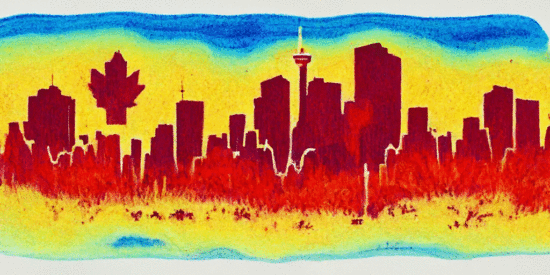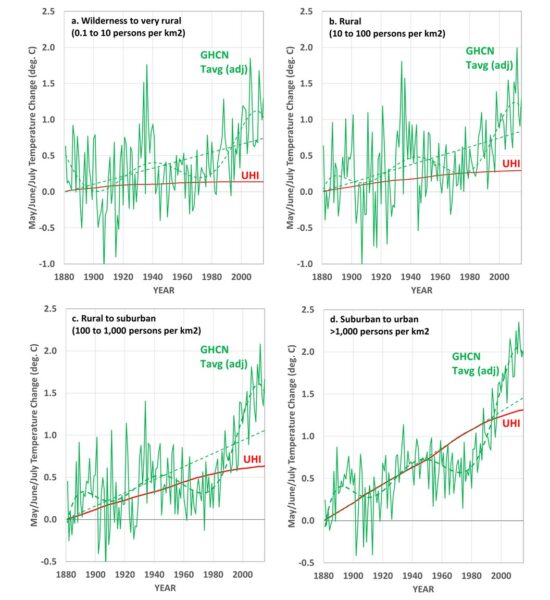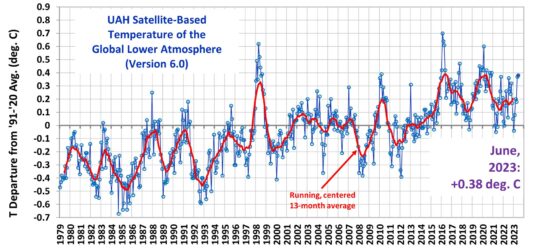:quality(70)/arc-anglerfish-arc2-prod-tronc.s3.amazonaws.com/public/H2EEN5AA27KWT263WRDBEOZRLM.jpg)
Dear Dr. Roy:
I am 8 years old. Some of my little friends say there is no Climate Crisis. My Papa says, “If you see it in Dr. Roy’s climate blog, it is so.”
“Please tell me the truth. Is there a Climate Crisis?“
Virginia, your little friends are wrong. They have been affected by the skepticism of a skeptical age. They do not believe except they see. They think that nothing can be which is not comprehensible by their little minds. All minds, Virginia, whether they be men’s or women’s or children’s or ze’s or transgender’s, are little. In this great universe of ours humans are mere insects, ants, in their intellect, as compared with the boundless world about him/her/they/them, as measured by the intelligence capable of grasping the whole truth and knowledge.
Yes, Virginia, there is a Climate Crisis. It exists as certainly as taxation and death and congressional favors and subsidies exist, and you know that they abound and give to some people’s life its highest riches! Alas! How dreary would be the world if there were no Climate Crisis! It would be as dreary as if there were no poor people. There would be no special favors, no bird-chopping windmills, no Teslas to give wealthy people a reason to exist! We should have no enjoyment, except in sense and sight. The eternal light with which affluence fills the world would be extinguished.
Not believe in the Climate Crisis! You might as well not believe in fairies! You might get your papa to hire persons to watch all the private jets on Earth Day to catch Al Gore, but even if they did not see Al Gore, what would that prove? Nobody sees Al Gore, but that is no sign that there is no Al Gore. The most real things in the world are those that neither conservatives nor Trumpers can see. Did you ever see Greta Thunberg dancing on the lawn? Of course not, but that’s no proof that she was not there. Nobody can conceive or imagine all the wonders there are unseen and unseeable in the world.
You tear apart the baby’s rattle and see what makes the noise inside, but there is a veil covering the unseen world which not the strongest man/woman/person, nor even the united strength of all the strongest men/women/persons that ever lived, could tear apart. Only faith, fancy, poetry, love, romance can push aside that curtain and view and picture the supernal beauty and glory beyond mere reality!
Is it all real? Ah, Virginia, in all this world there is nothing else real and abiding.
No Climate Crisis! Thank Gaia It lives and It lives forever! A thousand years from now, Virginia, nay 10 times 10 thousand years from now, It will continue to put fear into your heart!
Amen!

 Home/Blog
Home/Blog






